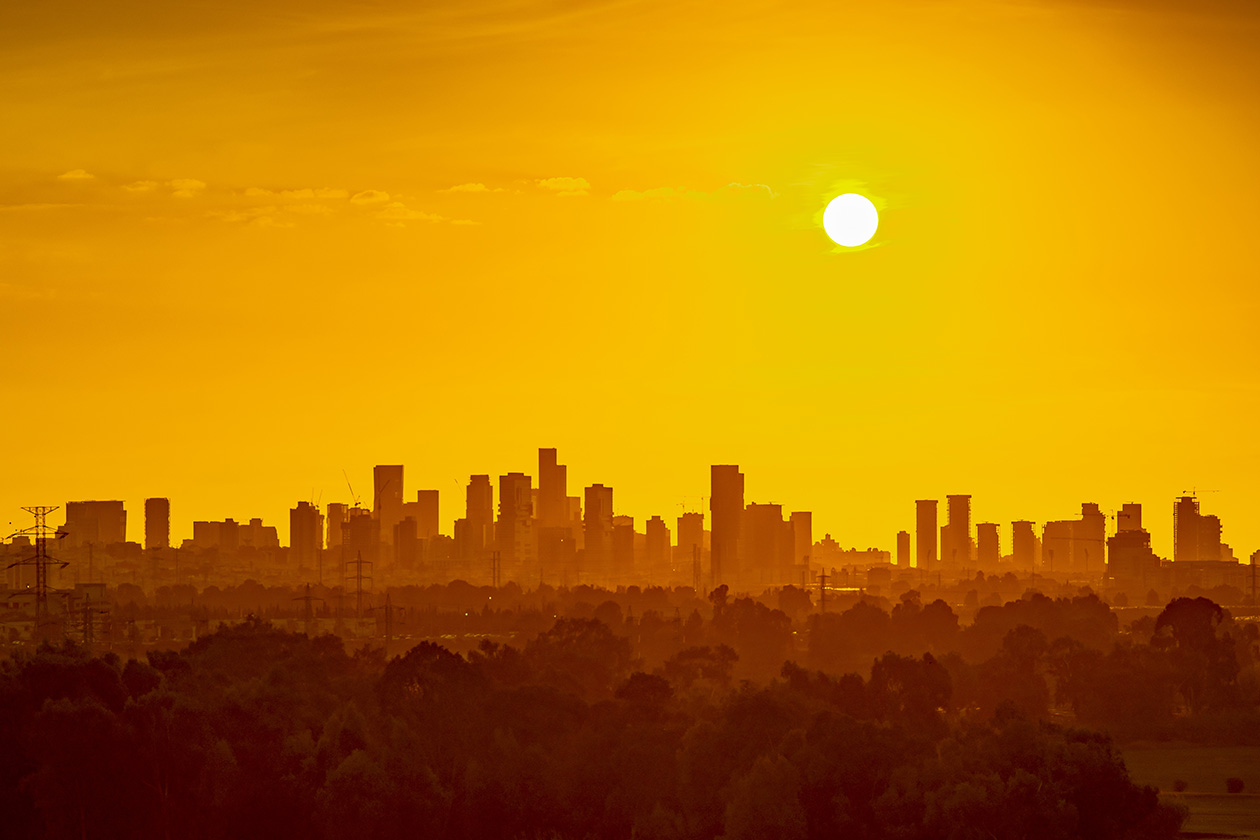
October 19, 2023
The consequences of climate change and environmental degradation will have inordinate effects on cities. Urban areas are likely to see a range of social, public, and environmental impacts, including, but not limited to, human migration and displacement, cultural disruptions, and urban flooding. This is in addition to the heightened temperatures that cities are subject to, compared to surrounding areas, due to urban heat island (UHI) effects. As we brace for the generally hotter conditions associated with climate change, it’s important to prepare for the social dimensions of their impacts. While past research has documented relationships between environmental and social conditions, including associations between heat and violence, advances in temperature modeling and geographic information systems (GIS) allow for deeper investigation into those relationships on more local scales. This can enable sub-municipal analysis of where heat is likely to impact social outcomes, like crime. In other words, to identify literal hotspots.
Urban heat islands are associated with the built environment conditions that cause cities to warm at a greater rate than surrounding regions; those physical conditions are undergirded by historical, political, and socioeconomic contexts, which have caused UHIs to come into existence. Social inequality has placed marginalized communities, targeted for ‘development’ and ‘renewal,’ at greater socioeconomic and environmental vulnerability, including extreme heat. This context is vital to foreground, as to exclude it would be to decouple the political, economic, and historic record from this analysis, and aid shallow and cynical attempts that conflate race and ethnicity—perhaps using the cloak of economics or geography—with a propensity for criminality.
This policy brief begins by providing an overview of urban heat islands—the temperature differences experienced between urban vs. suburban and rural areas as a consequence of the built environment. Within the context of extreme temperatures that urbanites face, it then considers the links between extreme heat, environmental inequality, and crime using advances in temperature modeling techniques and GIS to examine these associations at the sub-municipal scale.